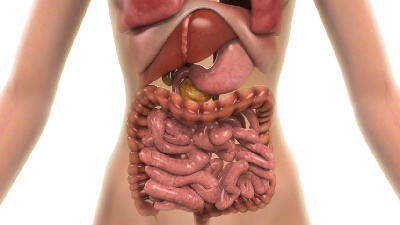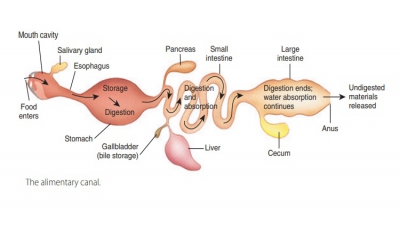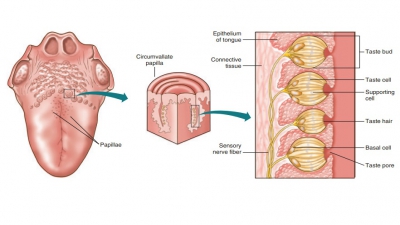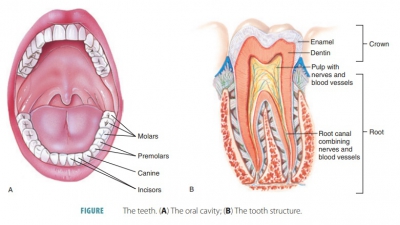Summary
| Home | | Anatomy and Physiology | | Anatomy and Physiology Health Education (APHE) |Chapter: Anatomy and Physiology for Health Professionals: Fluid, Electrolyte, and Acid Base Balance
The maintenance of fluid, primarily water, and electrolyte balance requires equal quantities of these substances to enter and leave the body.
Summary
The maintenance of fluid, primarily water, and electrolyte
balance requires equal quantities of these substances to enter and leave the
body. When water balance is altered, the electrolyte balance is affected. The
intracellular fluid compartment includes the flu-ids and electrolytes enclosed
by cell membranes. The extracellular fluid compartment includes all the fluids
and electrolytes outside the cell membranes. Many different types of solutes
are dissolved in water, which is the universal solvent. Most extracellular
fluids contain high amounts of chloride and sodium ions. Most intracellular
fluids contain high amounts of magnesium, phosphate, and potassium ions.
Hydro-static and osmotic pressure regulate fluid movements. Exchanges between
plasma and interstitial fluid occur across capillary walls, whereas exchanges
between interstitial and intracellular fluids occur across plasma membranes.
Water balance requires equal intake and output. Water intake is mostly
regulated by thirst. The distal convoluted tubules of the nephrons and
collect-ing ducts regulate water output.
The release of ADH is proportional to the amount of water
reabsorbed in the collecting ducts of the kid-neys. In the hypothalamus,
osmoreceptors sense the solute concentration of the extracellular fluid,
trigger-ing or inhibiting release of ADH from the posterior pituitary. The
hormone aldosterone stimulates water reabsorption in the kidneys. Dehydration
is the loss of water or solutes, occurring when water output exceeds water
intake over time. The most important electrolytes for cellular functions
dissociate in body fluids to release ions of sodium, potassium, calcium,
magnesium, chloride, sulfate, phosphate, bicarbonate, and hydrogen. Most
electrolytes are lost through the kidneys. Concentrations of sodium, potassium,
and calcium ions are the most important of all.
Acids are electrolytes that dissociate to release hydrogen
ions. Bases release ions that combine with hydrogen ions. Body fluid pH must
remain within a certain range. Acids and bases may be strong or weak. Buffer
systems convert strong acids into weaker acids or strong bases into weaker
bases. Respiratory or met-abolic acidosis results from increases in
concentra-tions of acids or loss of certain bases. Respiratory or metabolic
alkalosis results from decreases in concen-trations of certain acids, loss of
hydrogen ions, or gain of bases.




